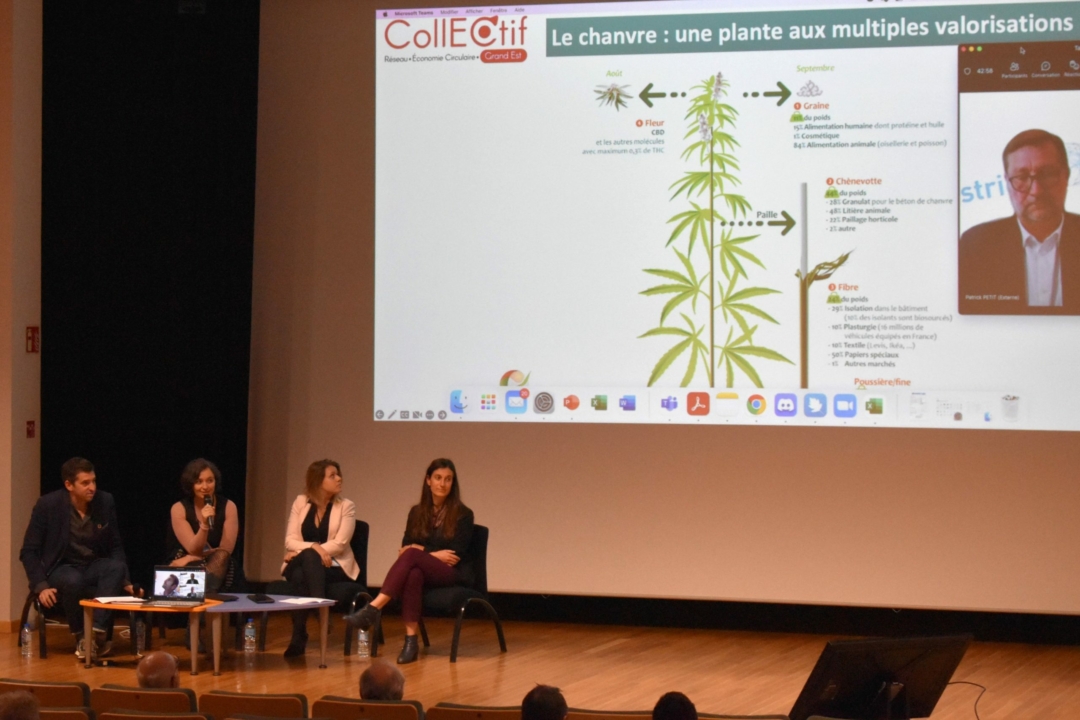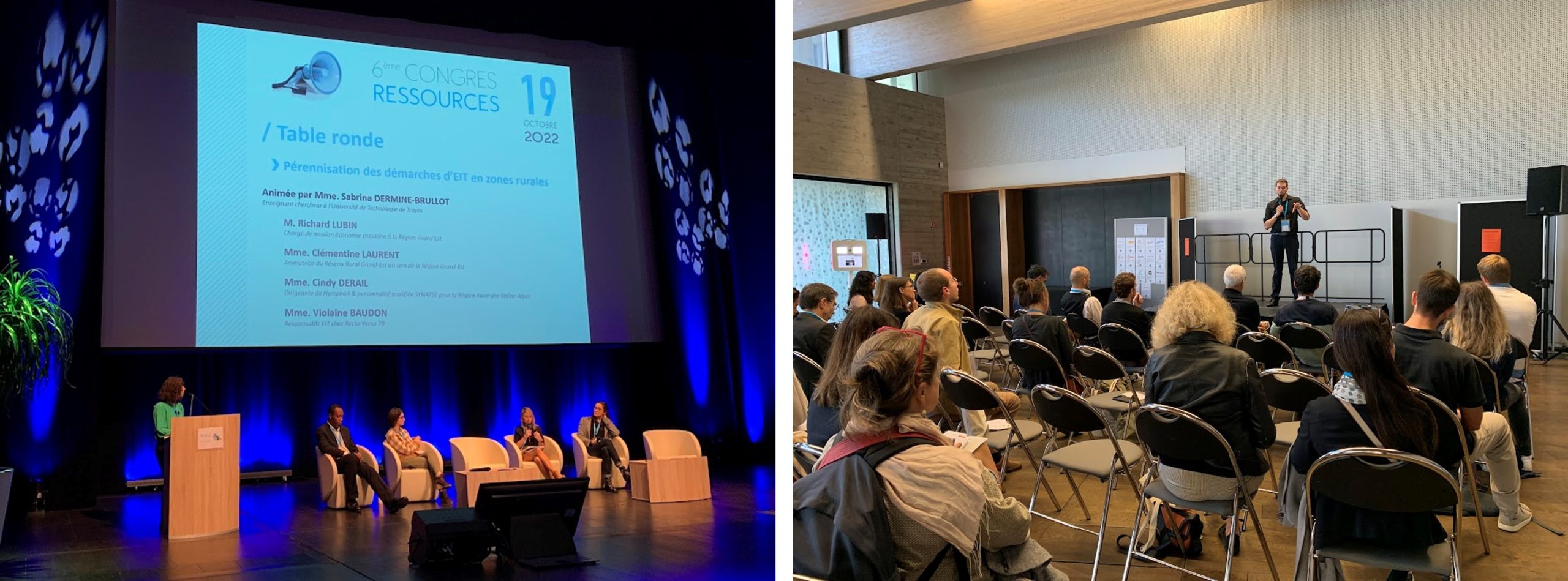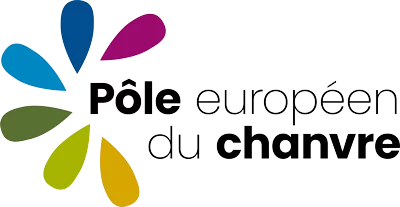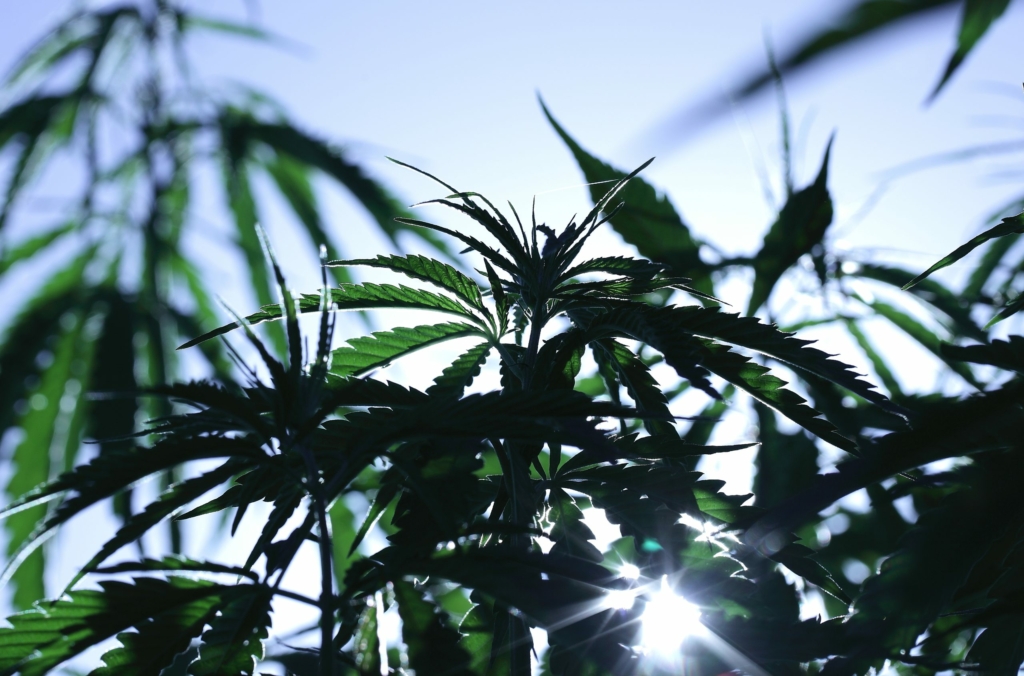Circular economy: an economic system of exchange and production that, at all stages of the life cycle of products (goods and services), aims to increase the efficiency of resource use and reduce the impact on the environment while improving the well-being of individuals. (ADEME)
Hemp is a major asset for the development of a local, sustainable, and circular economy. This multi-purpose plant has only co-products and does not generate any waste during its initial processing. Even the dust produced during the defibration process is recycled.
Water, a vital issue – Hemp, part of the solution

Let’s take the issue of water, raised at the opening of the Annual Regional Meeting of the CollECtif Grand Est Network (Nancy, October 12, 2022) by the Rhine-Meuse Water Agency. Pressure on this resource, both in terms of quality and quantity, will increase in the coming years.. In order to preserve it, several projects are underway. These include promoting low-input farming in catchment areas; incentives to limit water consumption in industrial processes (water efficiency); and support for innovation and clean wastewater treatment technologies.
Hemp provides several solutions for these projects:
- Its low-input cultivation requires no use of pesticides. Nitrogen use is half that of crops such as wheat or rapeseed.
- Its highly developed root system allows hemp to grow without irrigation.
- The purely mechanical processes used by hemp defibration plants in France. These greatly reduce the plant’s water requirements, even during its initial industrial processing.
A multi-purpose plant for a local and circular economy
But the benefits of hemp in the circular economy go beyond water and waste.
As Estelle Delangle explained on behalf of the Hemp European Hub in Nancy, hemp can provide solutions to many of the ecological, economic, and societal challenges facing regions.
- It is an alternative to imported raw materials, minerals, petrochemicals, and materials that consume large amounts of shared resources.
- In addition, it is a local plant that helps develop short supply chains, create opportunities for the reindustrialization of certain sectors, and promote carbon capture and storage.
Hemp and industrial and territorial ecology initiatives: clear synergies
The potential of hemp as a resource in the circular economy model was also confirmed at the 6th Resources Congress, organized by CEIA and the SYNAPSE Network on October 19 and 20 in Troyes. An event that brings together the national industrial and territorial ecology community. The aim of these days is to demonstrate how these approaches can provide a sustainable response to regional development.

The second day of this major national event for players in the circular economy included a visit to La Chanvrière, Europe’s oldest and largest agricultural cooperative for the production and initial processing of hemp. The visit gave participants a first-hand look at the transformative potential of hemp. They also had the opportunity to discover the cooperative ecosystem of the Hemp European Hub.
A local resource with multiple uses, hemp is therefore a real ecological and economic asset for the region. It is part of industrial and territorial ecology initiatives that aim to use and optimize a region’s resources by developing synergies between the players that bring it to life.


